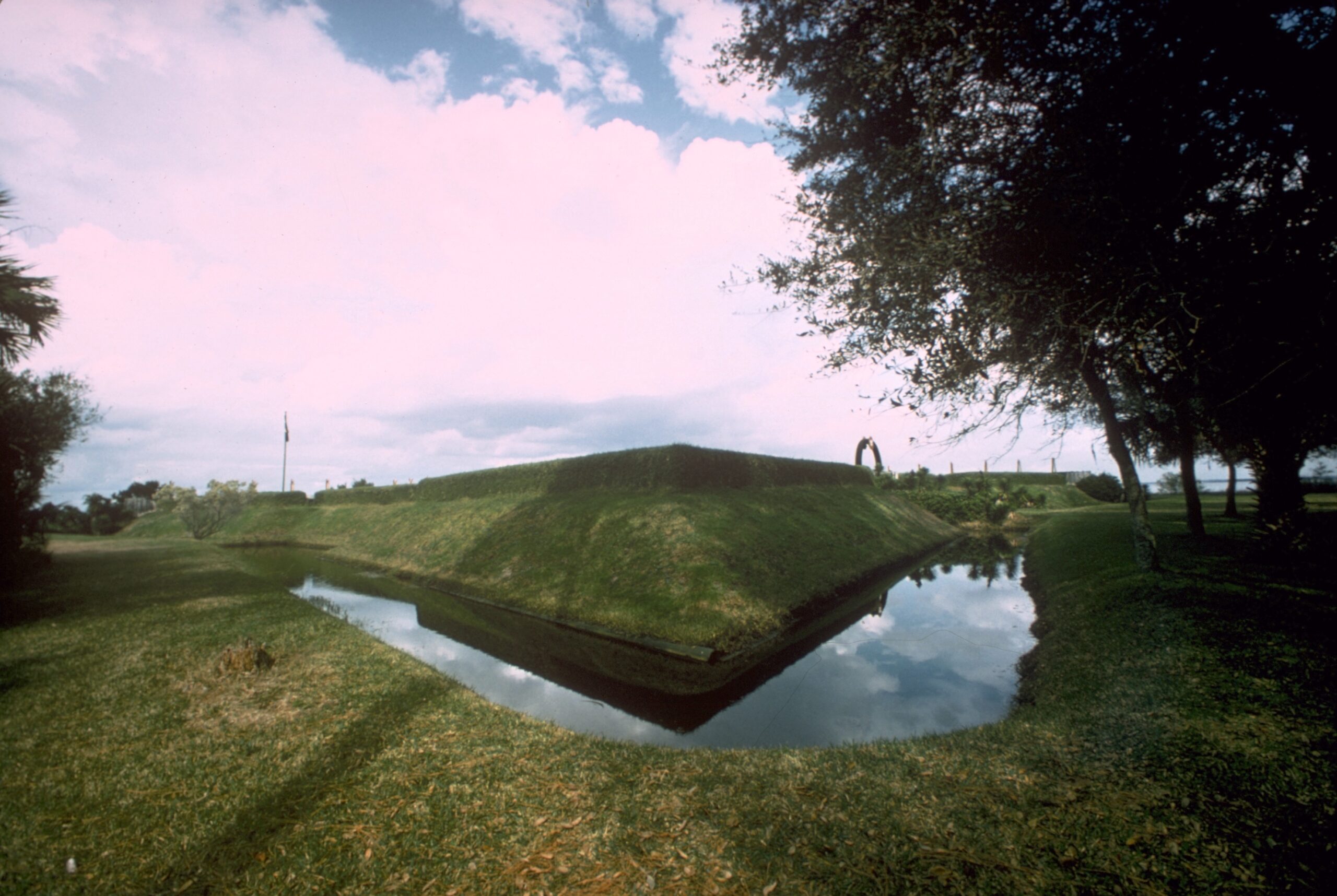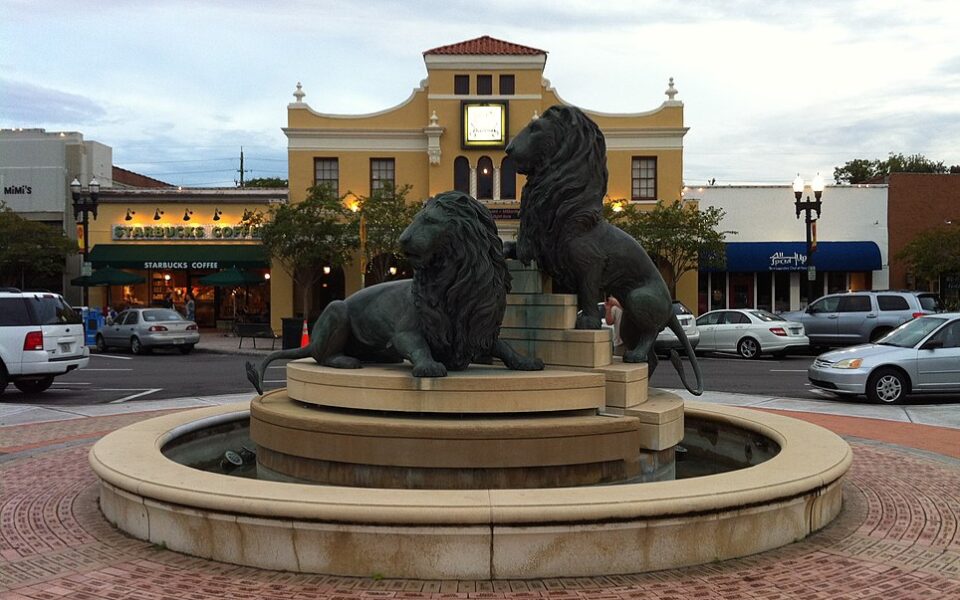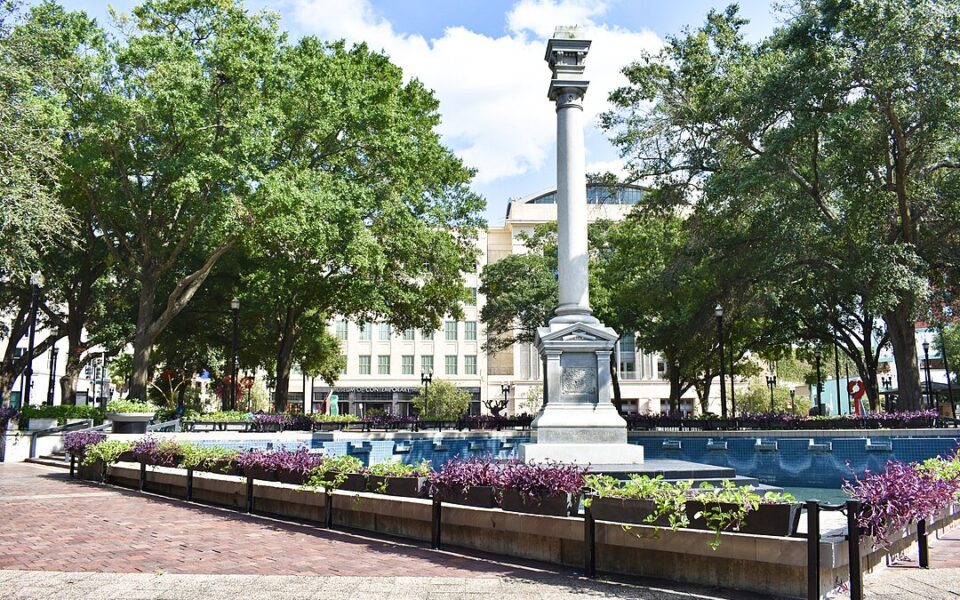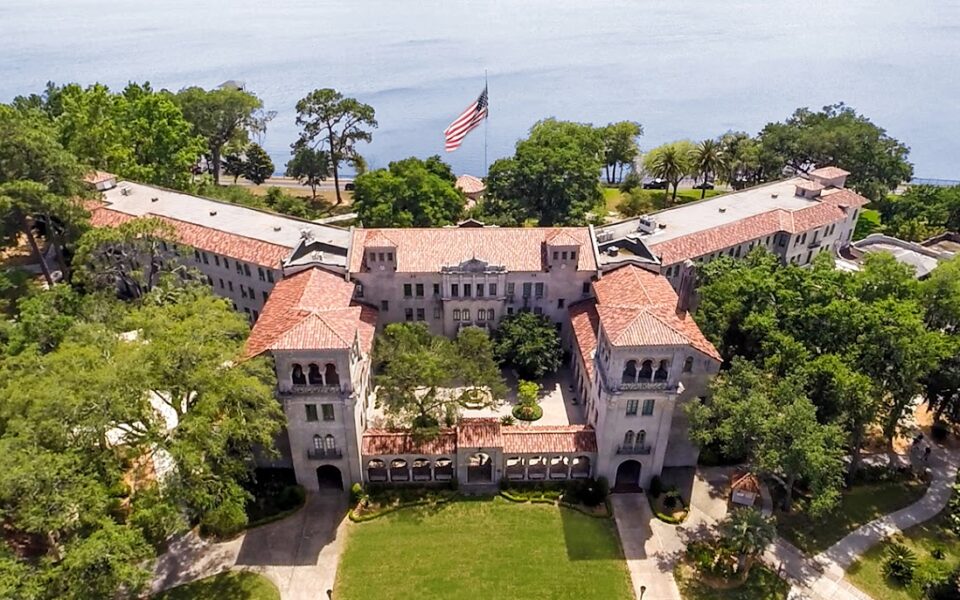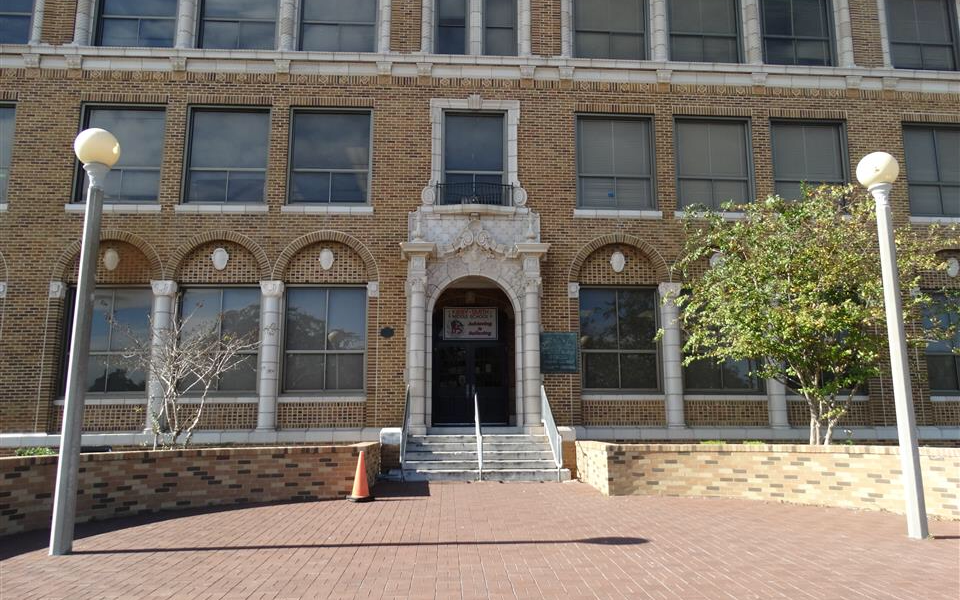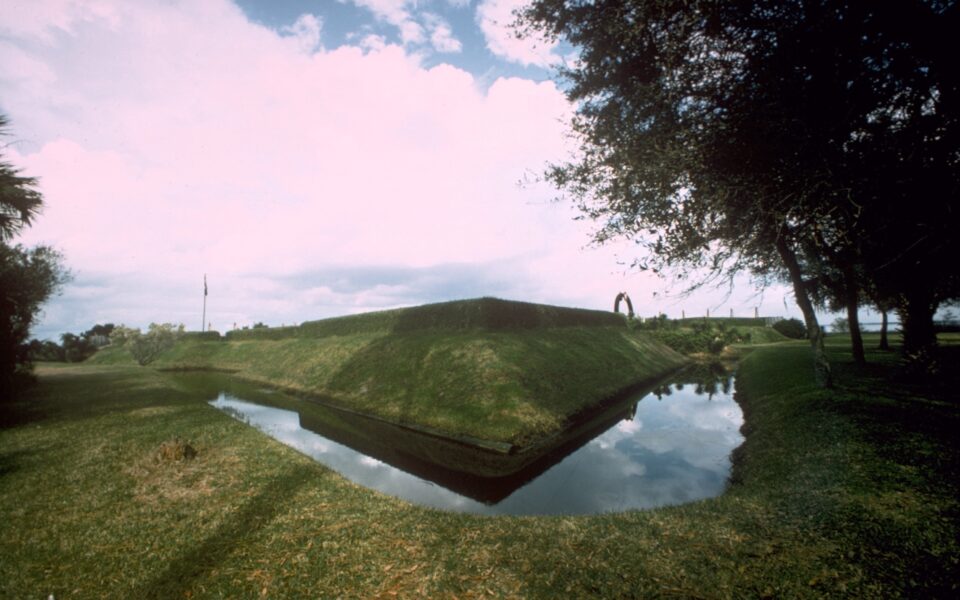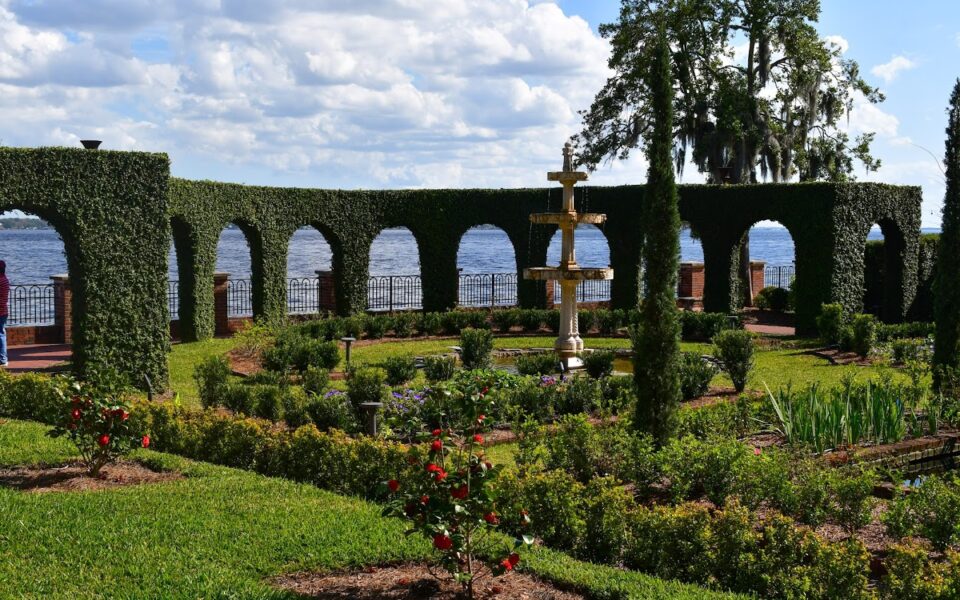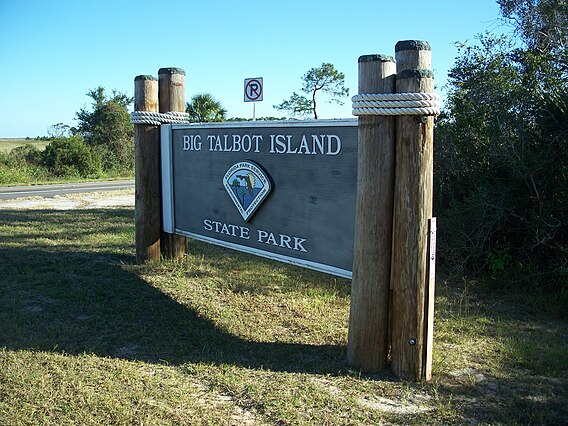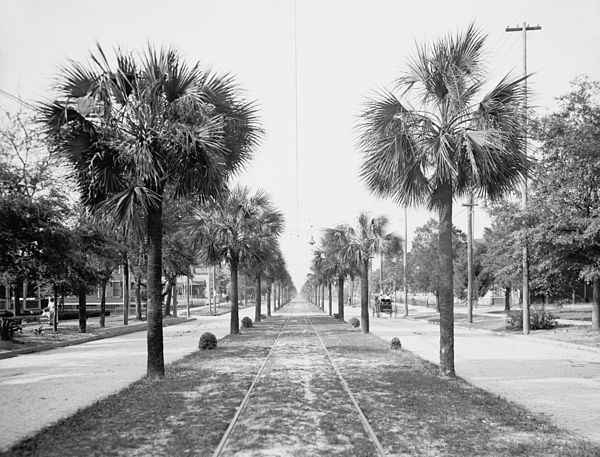
Points of interest around Jacksonville, Florida
January 29, 2024
Sports and Rec around Jacksonville, Florida
January 30, 2024Jacksonville, Florida, is a city where history resonates through its streets and buildings. Steeped in a past that spans centuries, Jacksonville is not just a modern urban hub but also a treasure trove of historic sites that tell the story of its diverse heritage. From colonial landmarks to sites of cultural significance, Jacksonville’s historic places offer a glimpse into the events and people that have shaped the city and the nation. In this blog post, we will embark on a journey through some of Jacksonville’s most historic sites, each with a story to tell.
1. Kingsley Plantation: Echoes of the Antebellum South
Nestled within the Timucuan Ecological and Historic Preserve, Kingsley Plantation is a poignant reminder of Florida’s antebellum past. This plantation is the oldest surviving plantation house in the state. Visitors can explore the plantation’s main house, kitchen house, barn, and the remains of 25 slave cabins made of tabby, a type of concrete made from oyster shells. The plantation offers a sobering look at the lives of enslaved people and the complexities of American history, making it an essential visit for understanding Jacksonville’s past.
2. The Cummer Museum of Art and Gardens: A Blend of Art and History
The Cummer Museum of Art and Gardens, located in the historic Riverside neighborhood, is not only a premier art museum but also a site of historical significance. The museum’s gardens are listed in the National Register of Historic Places and feature beautiful examples of early 20th-century garden design. The museum itself houses a permanent collection of over 5,000 works of art, spanning from ancient times to the contemporary era. A visit to the Cummer Museum is a journey through art history entwined with the elegance of historic gardens.
3. Fort Caroline National Memorial: A Monument to French Colonial History
Fort Caroline National Memorial commemorates the short-lived French presence in Florida during the 16th century. The fort was an attempt by the French to establish a permanent colony in the southeastern United States. Today, the site features a reconstruction of the original fort, offering insights into the lives of the French colonists and the native Timucua people. The memorial is a testament to the multi-national history of the region and a reminder of the struggles and conflicts that shaped early colonial America.
4. St. Johns River Light: A Nautical Beacon of History
The St. Johns River Light, located on the grounds of the Mayport Naval Station, is a historical beacon that has guided ships since 1858. Although access to the lighthouse itself is limited due to its location on a military base, its history as one of the oldest lighthouses in Florida makes it a noteworthy landmark. The lighthouse’s changing role over the years, from a maritime guide to a historical monument, reflects Jacksonville’s evolving relationship with the sea.
5. Riverside/Avondale Historic District: Architectural Time Capsule
The Riverside and Avondale areas form one of the largest historic districts in the country, known for their unique blend of architectural styles, including Colonial Revival, Mediterranean Revival, and Craftsman. Walking through these neighborhoods is like stepping into a different era, with each street and home telling a story of Jacksonville’s growth and development in the early 20th century. The district’s preservation efforts have ensured that this architectural heritage remains a living part of the city’s landscape.
6. Old St. Andrews: A Symbol of Resilience
Old St. Andrews, a historic church built in 1887, stands as a symbol of Jacksonville’s resilience. Surviving the Great Fire of 1901, which devastated much of the city, the church is a beautiful example of Victorian architecture. Today, it serves as the home of the Jacksonville Historical Society, hosting various events and exhibitions that celebrate the city’s rich history. Visiting Old St. Andrews provides a unique opportunity to learn about Jacksonville’s journey through time, from its rebuilding after the fire to its modern-day renaissance.
Conclusion:
The historic places of Jacksonville, Florida, offer more than just a glimpse into the past; they provide a narrative of perseverance, cultural diversity, and transformation. From the solemn grounds of Kingsley Plantation to the architectural wonders of the Riverside/Avondale district, each site tells a part of Jacksonville’s multifaceted history. Exploring these landmarks is not just about stepping back in time; it’s about understanding the forces that have shaped the city and continue to influence its future.


